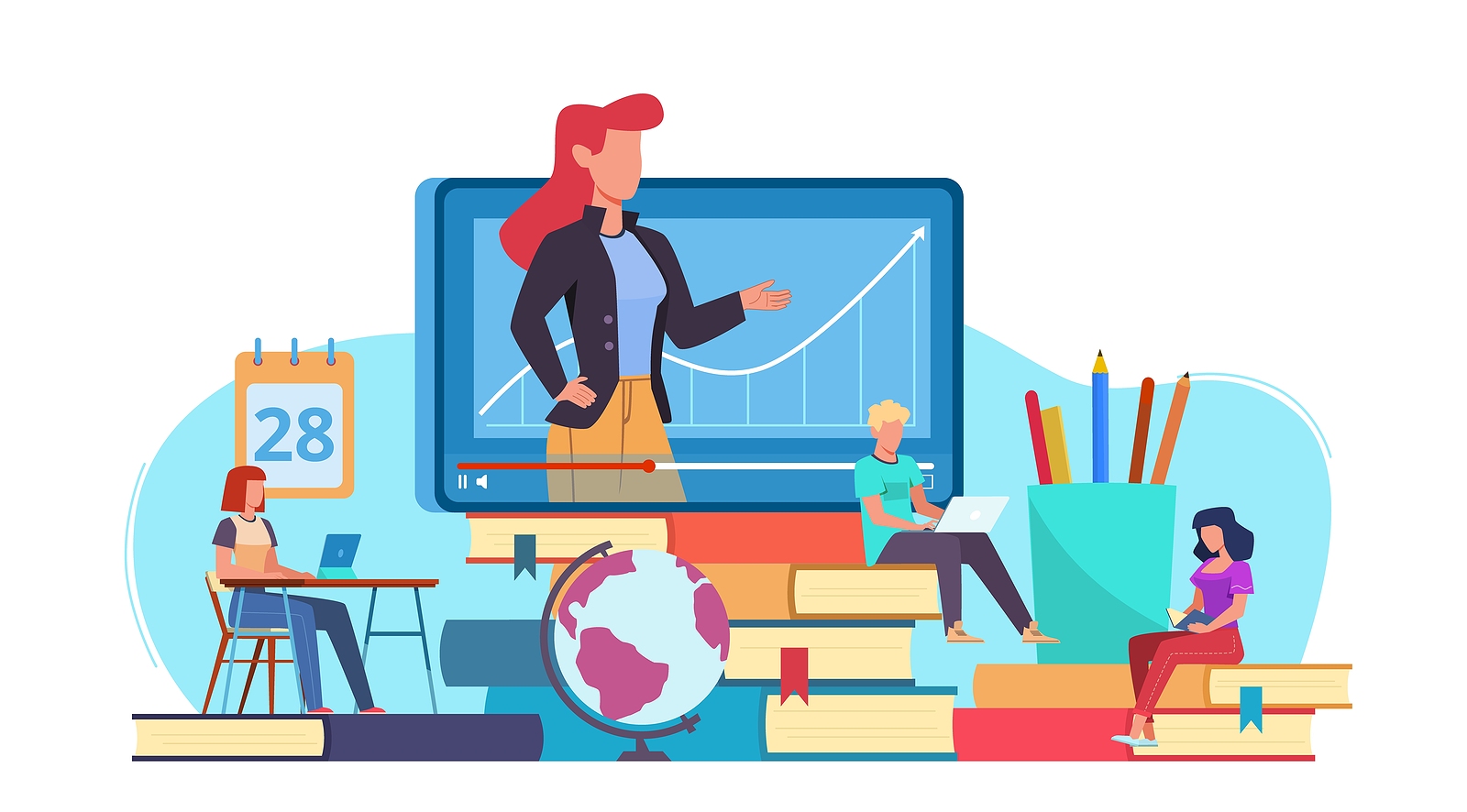Creating educational platforms during a global pandemic has forced our educational mindset to shift regarding educational practices. Whether a district navigates synchronous, asynchronous, hybrid or a complete reopening of schools educators have been moved into the idea of inclusionary practices for all students.
The Universal Design framework is a research-based ideology with over twenty-five years of brain-based research. It is recognized throughout the nation as a means to provide access to the curriculum for all students by designing lessons from the edges. Educators examine the What (recognition networks) of learning, the Why (affective networks) of learning, and the How (strategic networks) of learning in the Learning Brain. The interactive UDL Guidelines provide an insight into how to activate each of these areas in the brain for our learners.
As Allison Posey and Katie Novak suggest in their book, Unlearning (CAST Professional Publishing, copyright 2020) educators must first unlearn ineffective traditional practices. In other words, we must first change ourselves (and our practices) to change our systems. By designing our lessons from the edges, we take into consideration the variability of all of the learners in our classroom. Rather than designing modifications for each learner, we design a well thought out lesson with many access points to engage students in their own learning. This process also lowers the barriers to learning and works to create a climate of equity in our classrooms.
Questions: Fran McCarthy, Special Programs and Services Director




